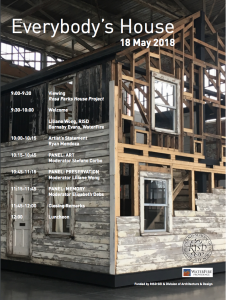This is a GREAT offer, and one that all current Tufts students should sign up for immediately. I’m pulling this verbatim from the American Association of Museums LinkedIn page:
To kick off this academic year, the Association of Academic Museums and Galleries is offering FREE ONE YEAR STUDENT MEMBERSHIPS if you sign-up between now and October 15th.
AAMG acknowledges that students are one of the prime constituencies of all of our institutions as well as our future colleagues and leaders. We value the student voice and student participation.
Last time AAMG offered this special program over 400 students took advantage.
To apply on-line, visit http://www.aamg-us.org/registration/student-membership
BENEFITS FOR INDIVIDUAL MEMBERS — $50 a year (Students – Free!*)
•Access to our content-rich Members-Only Website, including job openings
•Free unrestricted access to AAMG-L and its 3,200 participating members to promote your traveling exhibitions, job openings and more
•Multiple First-Class Educational Opportunities to help you further your education and advance your career
•Eligibility to apply for transportation and scholarship funds to attend selected professional conferences and educational programs
•Multiple opportunities to network and virtually network with your academic colleagues at AAMG and AAM meetings and on the AAMG list serv, Facebook, Twitter and LinkedIn
•Professional and Career Guidance on request from the board and regional representatives of AAMG
•Eligibility to serve on the AAMG Board or a standing or ad hoc committee
•Eligibility for travel support if you are a session presenter at Annual AAMG Meetings
•Invitation to the AAMG Annual Business Luncheon and Free Members’ Networking Reception if you attend the annual AAM Meeting
*(Students submit a copy of your current college/university ID with your membership application).





